Back in 2022, Changi Airport Group (CAG) began implementing its COVID-delayed fee hikes, which saw the total airport charges paid by departing passengers increased from S$59.20 to the current S$65.20 over a 17-month period ending April 2024.
Unfortunately, the year isn’t even over and we’re already hearing plans for further fee hikes for both passengers and airlines, as CAG looks to finance S$3 billion worth of improvement plans for the existing four terminals.
Departing passengers will see charges increase by a further 21% by 2030 to S$79.20, with the first increase scheduled to take place from 1 April 2027. Transit passenger charges will rise by 133% from S$9 to S$21 by 2030, with increases starting from 1 April 2025.
All in all, it’s likely to mean higher airfares, as well as increased cash payments on award tickets.
Changi Airport announces passenger and airline fee hikes
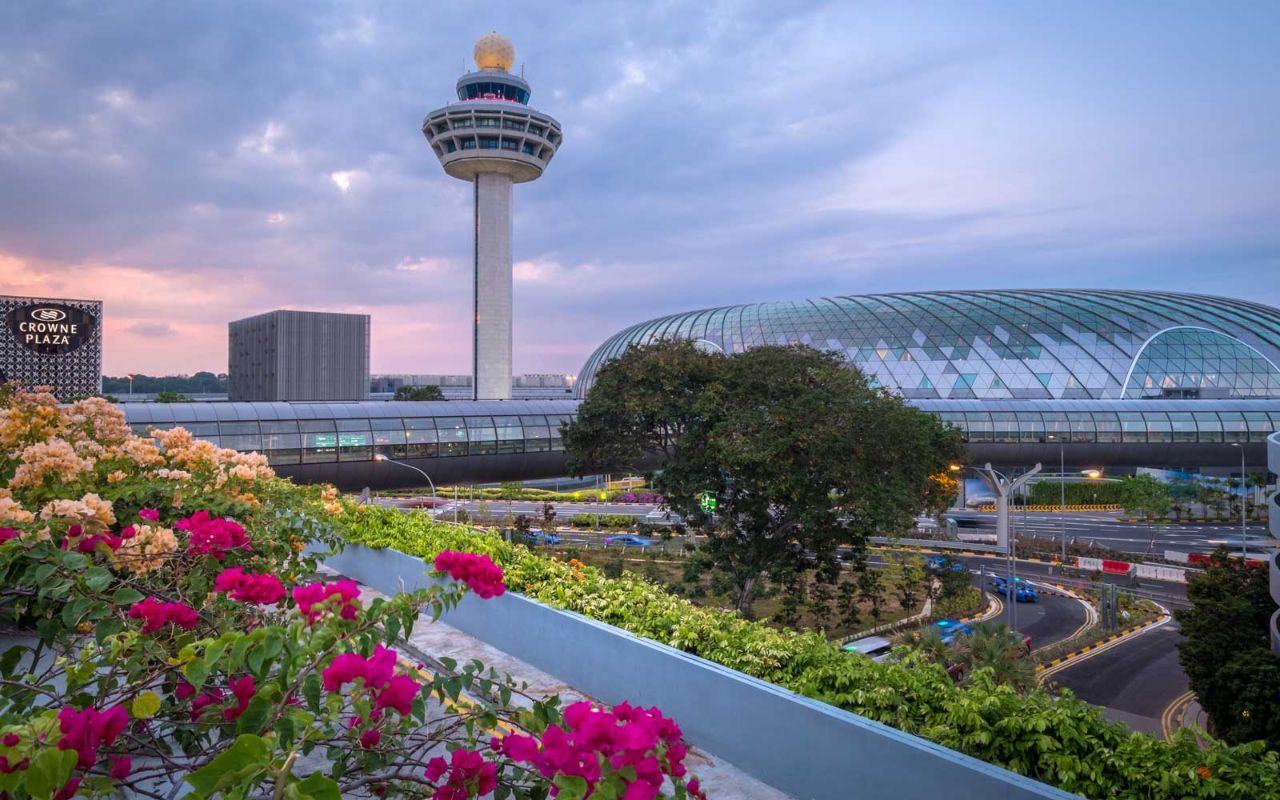
CAG has announced that passengers and airlines at Changi Airport will pay higher fees and levies over the next six years, as part of plans to finance a S$3 billion improvement plan for all four terminals, and cover rising energy and labour costs.
Passenger fee hikes
Departing passengers
Passengers departing from Changi Airport currently pay three different fees, as summarised in the table below.
| Passenger Service and Security Fee (PSSF) |
Aviation Levy (AL) |
Airport Development Levy (ADL) |
|
| Current S$65.20 |
S$46.40 | S$8 | S$10.80 |
| 1 April 2025 S$65.20 |
S$46.40 | S$8 | S$10.80 |
| 1 April 2026 S$65.20 |
S$46.40 | S$8 | S$10.80 |
| 1 April 2027 S$70.20 |
S$49.40 +S$3 |
S$10 +S$2 |
S$10.80 |
| 1 April 2028 S$73.20 |
S$52.40 +S$3 |
S$10 | S$10.80 |
| 1 April 2029 S$76.20 |
S$55.40 +S$3 |
S$10 | S$10.80 |
| 1 April 2030 S$79.20 |
S$58.40 +S$3 |
S$10 | S$10.80 |
CAG will increase the PSSF by S$3 each year from April 2027 to April 2030, and the AL will undergo a one-time increase in April 2027 of S$2. The Airport Development Levy (ADL) will remain the same at the current S$10.80.
| ❓ Why am I being charged more? |
|
If you’re booking a ticket and wondering why you’re being charged more than the figures in the table above, it’s because some countries charge fees to arriving passengers as well.
For example, a one-way Economy Class redemption from SIN-SFO has S$89.20 of fees. This is broken down into:
The fees in bold are collected by the USA authorities from arriving passengers. Countries which impose fees on arriving passengers include:
These fees are on top of those collected by the Singapore authorities. If you’re reviewing the charges on your ticket and want to know which country is responsible for what, you can look up the codes on this page. |
Transit passengers
Passengers departing from Changi Airport currently pay two different fees, as summarised in the table below.
| Passenger Service and Security Fee (PSSF) |
Airport Development Levy (ADL) |
|
| Current S$9 |
S$6 | S$3 |
| 1 April 2025 S$12 |
S$9 +S$3 |
S$3 |
| 1 April 2026 S$15 |
S$12 +S$3 |
S$3 |
| 1 April 2027 S$18 |
S$15 +S$3 |
S$3 |
| 1 April 2028 S$19 |
S$16 +S$1 |
S$3 |
| 1 April 2029 S$20 |
S$17 +S$1 |
S$3 |
| 1 April 2030 S$21 |
S$18 +S$1 |
S$3 |
CAG will increase the PSSF by S$3 each year from April 2025 to April 2027, then by S$1 each year from April 2028 to April 2030. There are no plans to increase the ADL.
It’s quite clear that the brunt of the increases are being borne by passengers departing from Changi, no doubt because of fears of undermining Singapore’s competitiveness as a transit hub if transit fees were increased too drastically.
Airline fee hikes
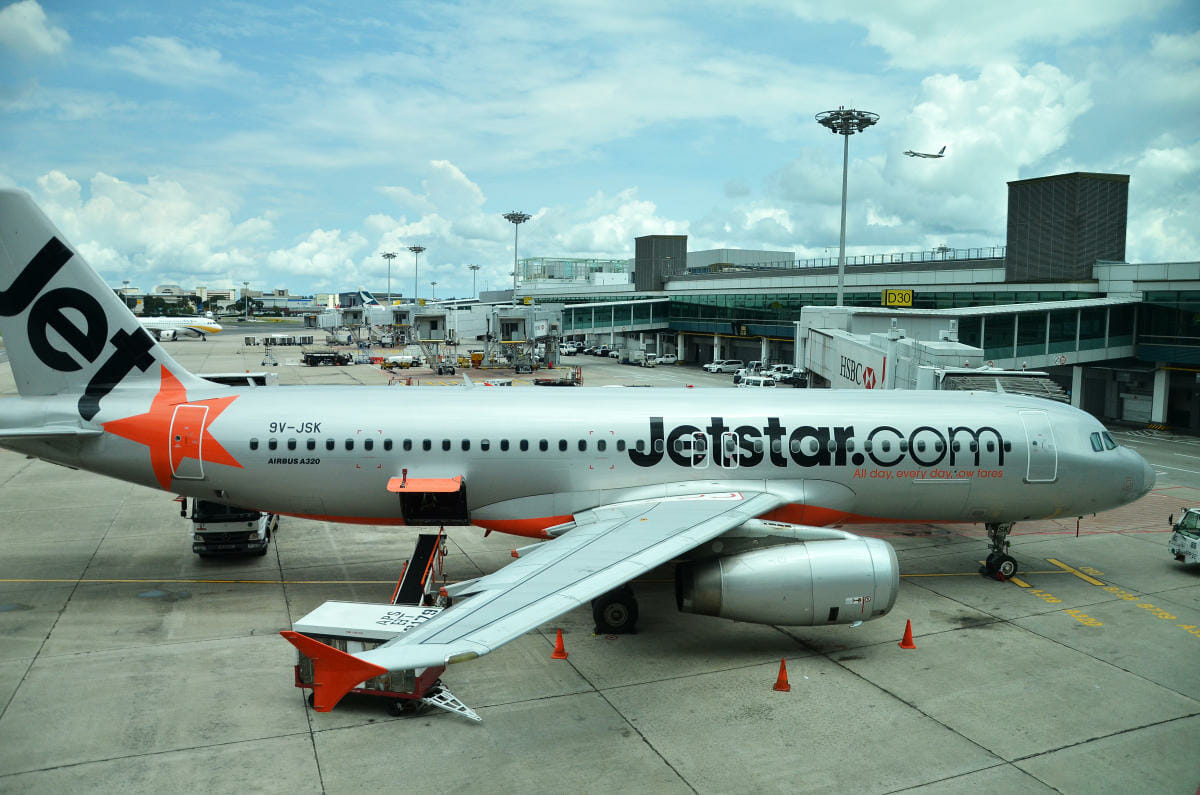
Airlines operating from Changi Airport can also expect to pay higher fees, with an increase of ~40% anticipated by 2030.
For example, narrow-body jets like the Airbus A320 will see an increase in landing, parking and aerobridge fees from April 2025 to April 2030, increasing from S$1,200 per landing now to S$1,725 per landing. This works out to between 40 cents to 80 cents per seat, on an annual basis.
For wide-body jets like the Airbus A350, the fee will increase from S$3,600 today to S$5,040 by 2030. This works out to 90 cents to S$1.50 per seat, on an annual basis.
CAG intends to offer the airlines a 50% rebate on the increase for the first six months running from 1 April to 30 September 2025.
Where’s the money going?
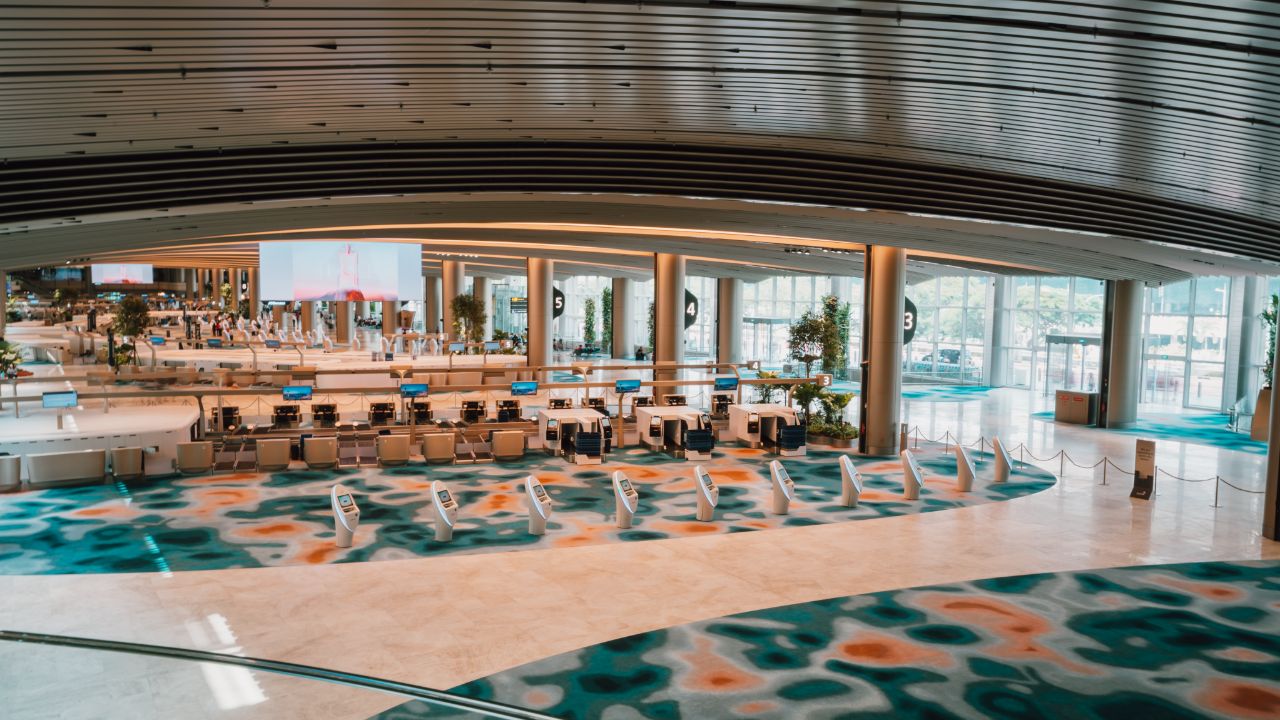
CAG has said that the fee hikes are necessary to offset investments in the airport’s infrastructure, and has announced plans for:
- Rejuvenation of Skytrain subsystems before a complete system overhaul in the late 2030s
- Upgrading of T3’s baggage handling system and a new T1 to T3 inter-terminal baggage conveyance system
- More check-in rows at T4 to increase check-in capacity by 15% and accommodate up to 2,500 passengers per hour
- Expansion of T1 arrival immigration halls by 60%, reducing bottlenecks during peak periods
- Strengthening of airside infrastructure to support the arrival of the Boeing 777-9 (ha ha ha), which has a wheel load that is more demanding on aircraft pavements
- Construction of new airside facilities such as remote aircraft parking stands
- Refurbishment of T3, which opened back in 2008 and will be more than 20 years old by 2030

None of the increases are explicitly linked to the new T5 (that’s what the ADL is meant to cover), but they are still related in a way- with the new mega-terminal only set to open in the mid-2030s, the other four terminals at Changi will be operating close to their maximum handling capacity of 90 million passengers per year by 2030, requiring further investment. The planned addition of a third runway in the second half of this decade will also increase demand.
It was also noted in a Straits Times article that the increase in airport charges that started in November 2022 was not enough to recover the T2 expansion and other investments made during COVID, and these fee hikes are meant to recover some of this.
What’s the impact for passengers?
CAG’s press release states that based on current ticket prices, the increase in passenger fees is estimated to be about 1% or less for an Economy Class ticket, but says nothing about the airline fees- and you can bet the carriers will be trying to pass some of that on.
So whether you’re paying cash or redeeming miles for tickets, there’s certainly going to be an impact on you. Airlines will try to recover the increased fees through higher fares; frequent flyers will have to shoulder the increased fees when redeeming miles.
For instance, you can currently find dirt-cheap one-way fares between Singapore and Kuala Lumpur that start from just S$67, barely enough to cover the S$65.20 airport charges.

Obviously, the cost of these tickets will have to increase in tandem with airport charges, and will be in excess of S$80 by the end of the decade- before even factoring in other cost increases.
Sustainable fuel levy double whammy
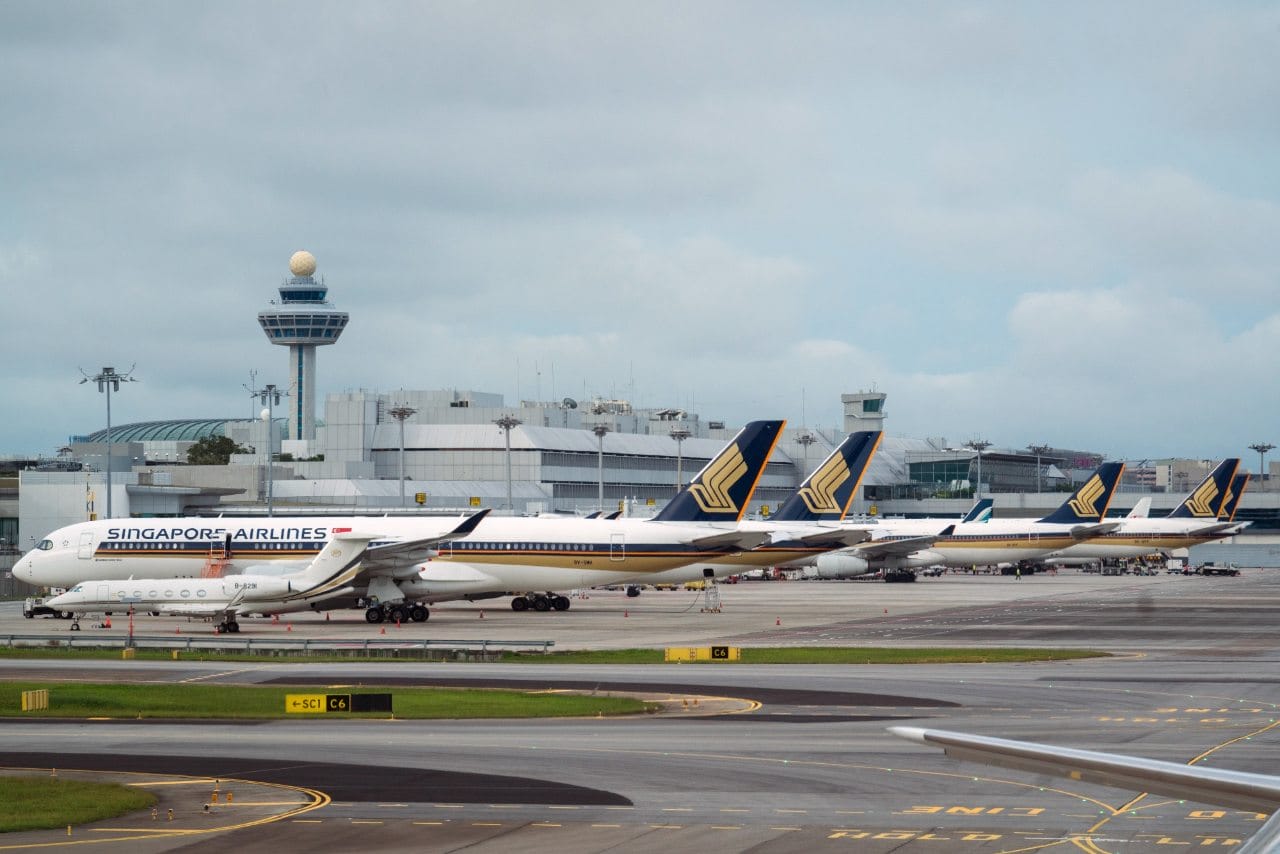
As if increased airport charges weren’t bad enough, back in February, Singapore announced plans to become the first country in the world to implement a sustainable aviation fuel (SAF) levy aimed at decarbonising airline operations.
From 2026, Singapore will aim for 1% of all jet fuel used at Changi and Seletar Airport to be SAF. This target will subsequently raised to between 3-5% by 2030, depending on “global developments and the wider availability and adoption” of SAF.
SAF is 3-5x more expensive than conventional jet fuel, so a levy will be introduced that increases ticket prices across the board. The exact amounts have yet to be confirmed, but some initial figures have been provided for Economy Class travel out of Singapore:
- to Bangkok: S$3
- to Tokyo: S$6
- to London: S$16
The fee will be higher for passengers in premium classes, i.e. any cabin above Economy.
CAAS plans to announce more details in 2025.
Conclusion
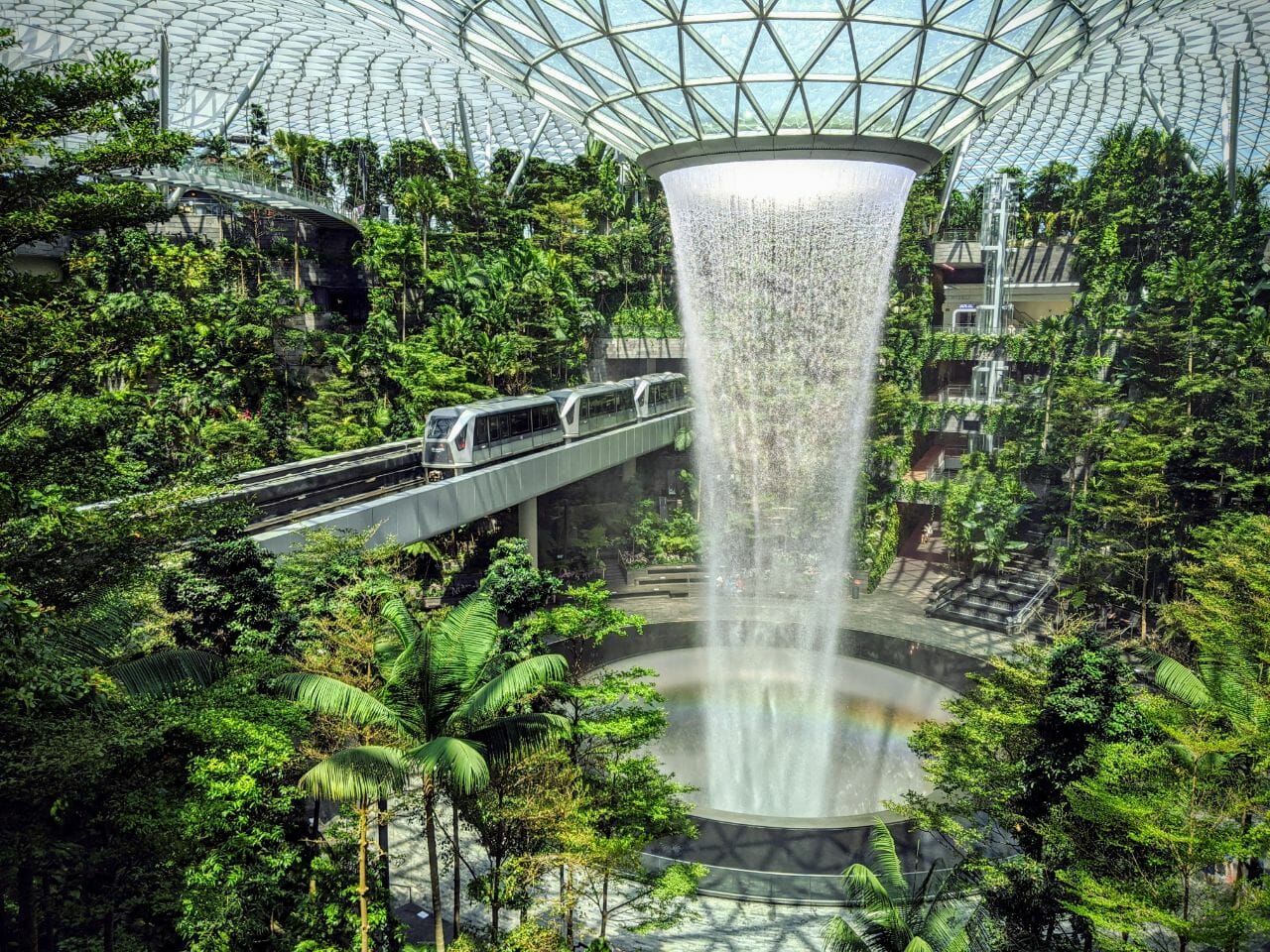
Singapore Changi Airport has announced plans to increase airport charges for departing and transit passengers, which will come to S$79.20 and S$21 respectively by the end of the decade. Airlines will also have to pay higher landing, parking and aerobridge charges. These fee hikes are intended to finance investments in Terminals 1 to 4,
Together with the impending sustainable aviation fuel levy, the cost of leisure and business travel is set to get more expensive- whether you’re paying cash or redeeming miles.






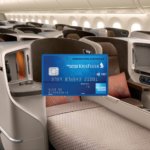

Those flying in premium cabins should pay more to reduce impact on the masses. This is already the case in other countries like the Air Passenger Duty in the UK.
That’s it, this is the last straw. I’m moving all my travel to Seletar.
Err.. Ms/Mr. Monopoly, Seletar Airport is also run by the good folks from CAG. It is a monopoly.
Congrats, you got the joke.
#funatparties
You’re welcome , Mr/Ms Monopoly.
This will see leisure premium demand increase in our neighbouring countries like KUL BKK and CGK as miles chasers reposition to these hubs as starting point. Fair enough while SIN go after larger corporate business market.
This is what happens when you have a monopoly that answers to no one. I do not need Sunflower , Butterfly and Cactus gardens, movie theatrettes, playstation corners, oversized slides and water features everywhere. All these redundant features may contribute to their wow factor and overall no. 1 ranking but it comes at a great expense to departing passengers. It is also worth noting that transit passengers enjoy the same facilities, but for so long have been paying a paltry $6. I’d much rather have an airport that focuses on comfort and efficiency, like HND or NRT. It’s time for… Read more »
Meanwhile, most of us will continue to enjoy all the nice facilities you just mentioned. Just because you won’t enjoy them, don’t imply that everyone don’t like them.
Honestly, you think other airports won’t do the same and increase their fees/levy? What if they do the same and you will come back to the same place. Please enlighten me with 1 airport that lower their fees across the years?
Nobody like increasing fees, good for you if you can save money by using JHB.
Hand on your heart, you visit the Sunflower Garden each time you fly out of Changi. Seriously.
Go ahead and fund CAG’s scholars’ airport wet dreams. The smart savers with time on their hands will have extra cash in hand for better hotels or shopping. Let’s see who has the last laugh.
Other airports in the region may also increase their levy, as KLIA just did. But even with the increase, it’s less than half of Changi’s.
Haha, what a cheapo.
Cheapo me just saved $200 pp by flying from KUL. I take that as a badge of honour. Perhaps you’ll wear your moron-for-throwing-away-good-money tag with just as much pride as well?
Typical cheapo that girls hates. Wait until you miss flight because of customs jam. We travel comfortably via Changi.
Want to travel just spend, no money don’t travel. That’s simple.
Maybe with the completion of the RTS, there is a real possibility of arbitrage whereby enterprising folks may provide shuttle service from changi to senai via RTS. That is also assuming that JHB has similar good connectivity.
There is a reason why the Singapore government will never approve Tony Fernandez’s repeated request for a shuttle bus from sg to Senai Airport or a license to operate AirAsia Singapore. Both Changi and Singapore based airlines would be decimated if there was real competition.
Thanks god with that, imagine the always delay Airasia spoil the image of Singapore. Competition is good but please let in better quality airlines, not lousy Airasia
Totally agree. It would be nice to have a shuttle from the MY side of the RTS. SG govt despite largely delivers, are anti-competition at heart.
I 101% concur with you thoughts
Let’s be realistic here, how many friends and family actually visit Changi Airport to see the movie theatres or gardens or butterfly park?
I know a total of 0 persons who would do that
For the vast majority, they would just go to the airport just in time their flight
They should charge foreigners more and citizens less
Ofcourse Singapore being Singapore as with every other thing that goes on in this country, authorities /govt just love to increase fees of everything and know that Singaporean will LL complain but still pay for it
Oh my, typical xenophobic L.
And Sporeans and residents do not have a choice, yet the others have. Smart yet disgraceful price discrimination.
Why does the per pax fees need to be increased to cover additional pax load? Increased passenger flows already leads to increased fee revenue.
Wah…a nice 720 million a year based on 60 million pax. Need to go to airport another 2 hours earlier to enjoy the air conditioning and get more value for the trip. Pack your own char kway teow to eat there too in air con comfort
😀